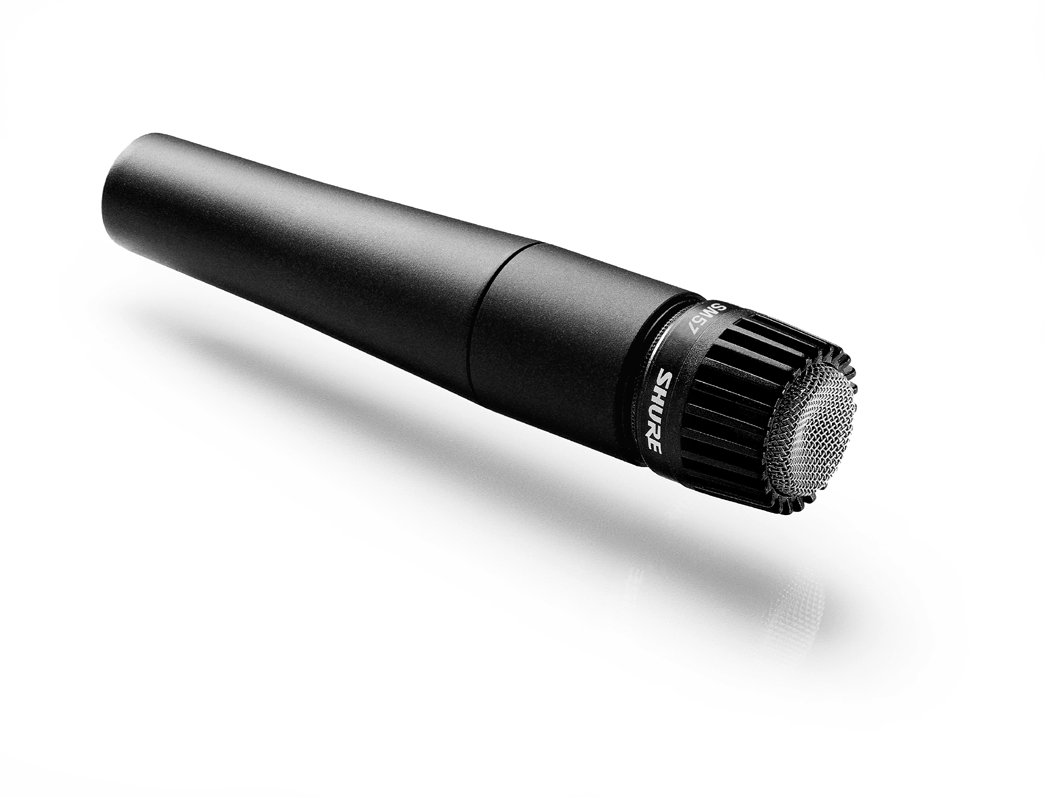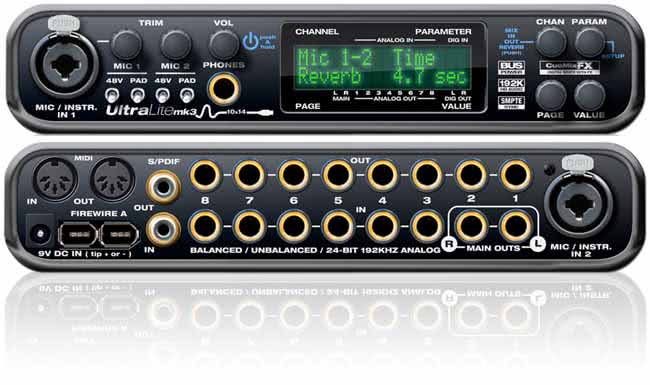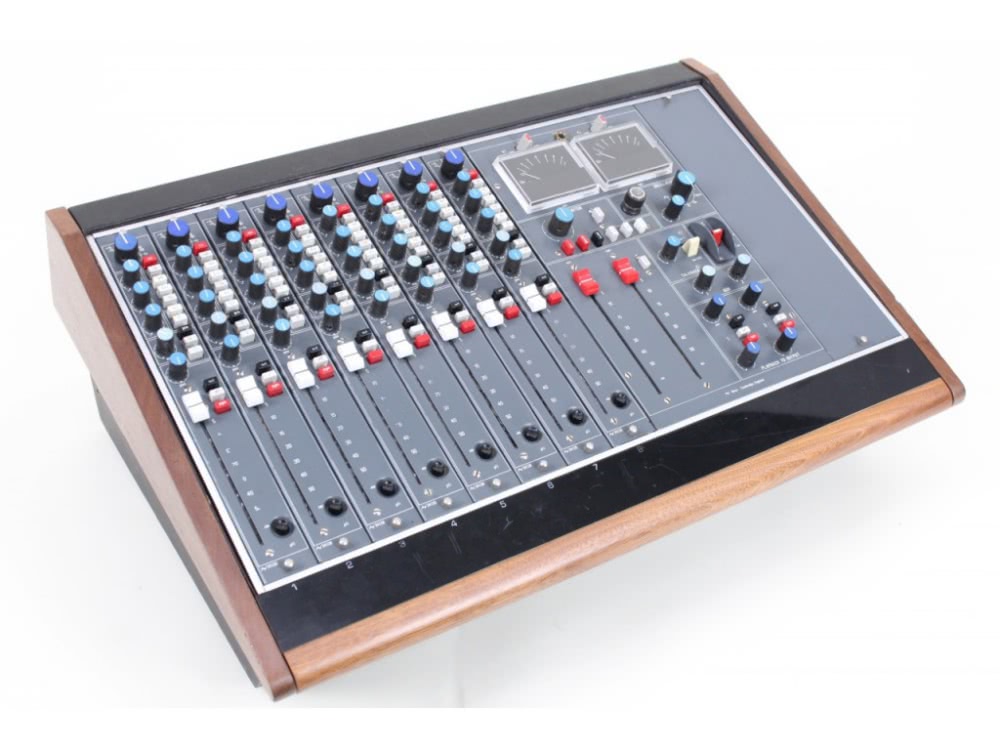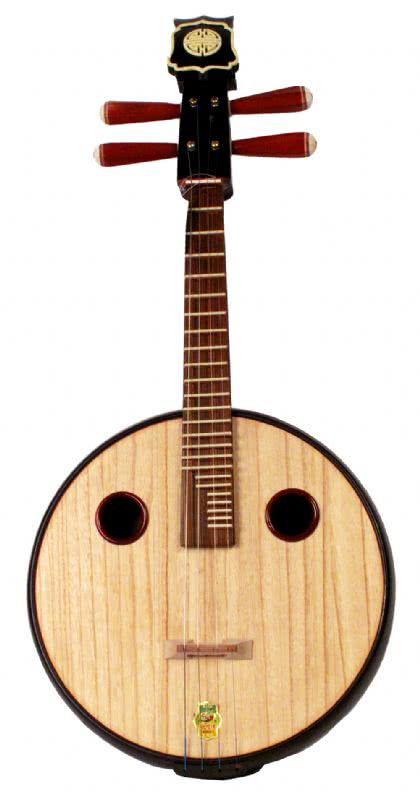Though you may not instantly recognise it, the name Andrei Eremin can be found in the liner notes of many of your favourite Australian records, including acclaimed releases from Chet Faker, Closure In Moscow, Miami Horror, and more.
Currently, Andrei’s much sought-after expertise is being used to helm forthcoming releases from the likes of Oscar Key Sung, Hiatus Kaiyote, LANKS, and others, and his 2015 schedule is sure to be busy and the subject of many “back photos“.
In order to get an insight into the mind of one of Australia’s most renowned behind-the-scenes figures, we dropped Andrei a line and got him to explore the equipment and the stories that have gone into some of your favourite Aussie albums.
Going Back to Basics

“Good speakers and a bunch of oddly shaped junk to change the acoustic properties of the shack! I’m a firm believer that you can make an amazing sounding piece of work using the most basic setup possible. All you need is experience and the faith that what you’re hearing is going to translate everywhere else in the world.
“That said, if I had to pick something more entertaining, I’d bring my (admittedly loaned) Sontec mastering equaliser, a pair of Empirical Labs Distressors and deck out the computer with FabFilter, Soundtoys and Universal Audio plugins.”
Thrifty Is Nifty
“I’ve never had much money to spend on gear, so it’s always been a process of learning how to get every last thing out of the equipment I have before moving onto anything else. There’s gear in the mastering studio that I’m only starting to get the hang of after three years, and I have no doubt in another three years time I’ll probably still find new surprises in them. So I suppose I am constantly experimenting, just not with my bank account!”
Garage Days

“My first piece of equipment was a stereo-only mixer my mum bought me. My understanding of gear was pretty poor then. One day, I’d love to re-release the first thing I ever recorded on that just for fun.
“Picture this: a bluegrass band I was in, all of us standing around a single SM57 in the middle of my living room. We overdubbed double bass because I couldn’t play both that and guitar simultaneously, and we “mixed” by getting people to stand further away from the mic.”
Know What You’re Paying For
“My best advice to young producers starting out would be to think carefully about what you want to work on, do your research, save up and don’t look back. Every company in the world is going to try and sell you something that promises more on paper for less than what their competitors are selling, but you always get what you pay for (unless you’re good at Gumtree hunting).

“Let’s say you wanted to buy an audio interface. Interface A has 30 inputs, 10 outputs, on-board effects, 4 kinds of digital expansion options, special guitar inputs and even vintage analog modelling on the preamps. Interface B has 10 inputs, 4 outputs and not much else. They both cost $1,200. Surely you want interface A, right?
“Wrong. Deconstruct the interfaces – they both contain preamps, converters, headphone ports, not to mention intangible things such as software development and customer support. All the extra stuff that’s crammed into interface A detracts from the budget they can use to source the mandatory parts. Where as one of the 10 inputs on interface B may be worth $80, the inputs on interface A are likely worth closer to $15. Now which one do you think will sound better?”
Sound vs. Inconvenience

“All the pieces of gear I use from the 70s tend to do funky stuff of their own accord. The Space Echo, Sontec… don’t even get me started on my friend’s Neve console. It’s a bit counterintuitive, but more often than not all they need is some rough treatment and they start working again. All in all though, the sound you get greatly outweighs the inconvenience.”
Sometimes, It’s Okay To Cheat
“It may be cheating since it’s a piece of software, but the equipment that solves the most problems for me in the studio is the new FabFilter Pro-Q 2. It was a total game-changer for me. There isn’t a single tonal problem I’ve encountered in a recording that I haven’t been able to fix with it, and it does so with a tonal purity reminiscent of the most expensive equalisers I’ve ever had the chance to use.”

Equipment As Decoration
“A Chinese ruan. I bought one of these while I was travelling through China once. Can’t get the damn thing to stay in tune for more than 20 seconds though, so it solely serves as decoration for my house these days.”
Going Old-School
“Looking for the oldest piece of equipment in my rig would ultimately be a competition between the Sontec mastering equaliser, Space Echo or my dbx 163 compressor (the ones encased in wood). They all date back to around the late 70s, I’m just not exactly sure when!”
Converting The Non-Believers

“I think there’s a time and a place for everything, it really just depends on what you’re going for. Production helps define the aesthetic of a record, so if you’ve got delicate and imperfect music, you don’t want to couple it with hyper-compressed and over-edited production.
“Similarly, can you imagine something like Kimbra’s most recent album recorded in one take and mixed at home on a 4-track tape machine? It simply wouldn’t work.
“So in short, over-produce or under-produce to your heart’s content, just follow your aesthetic with unbridled confidence and people will get it.”




































